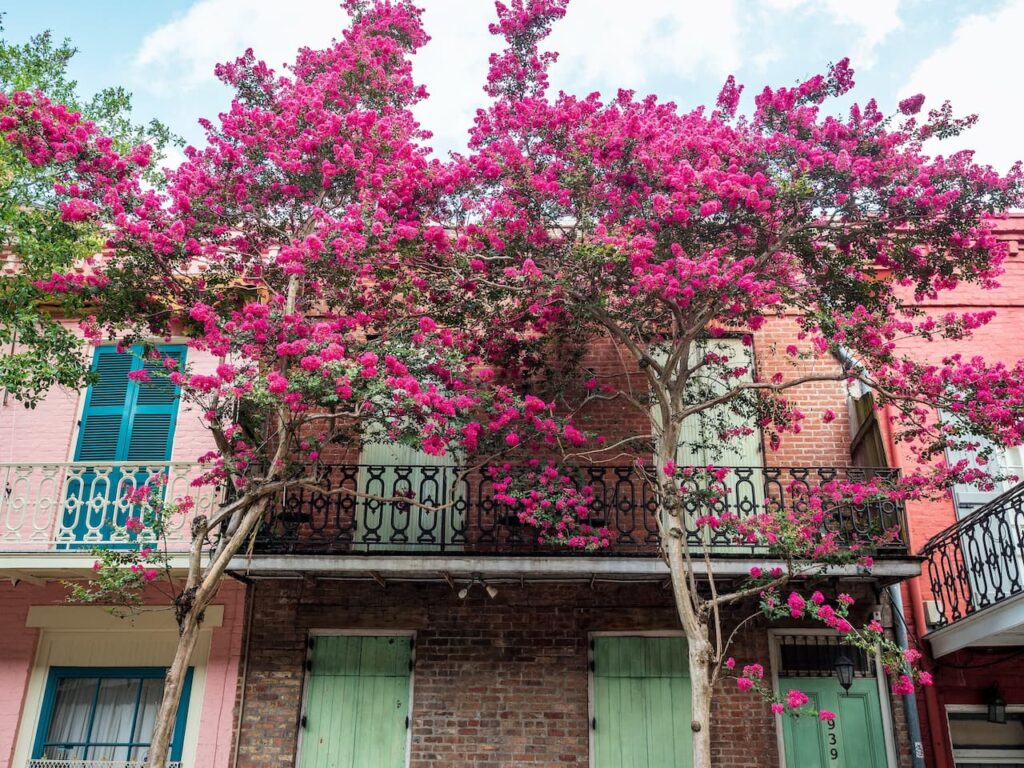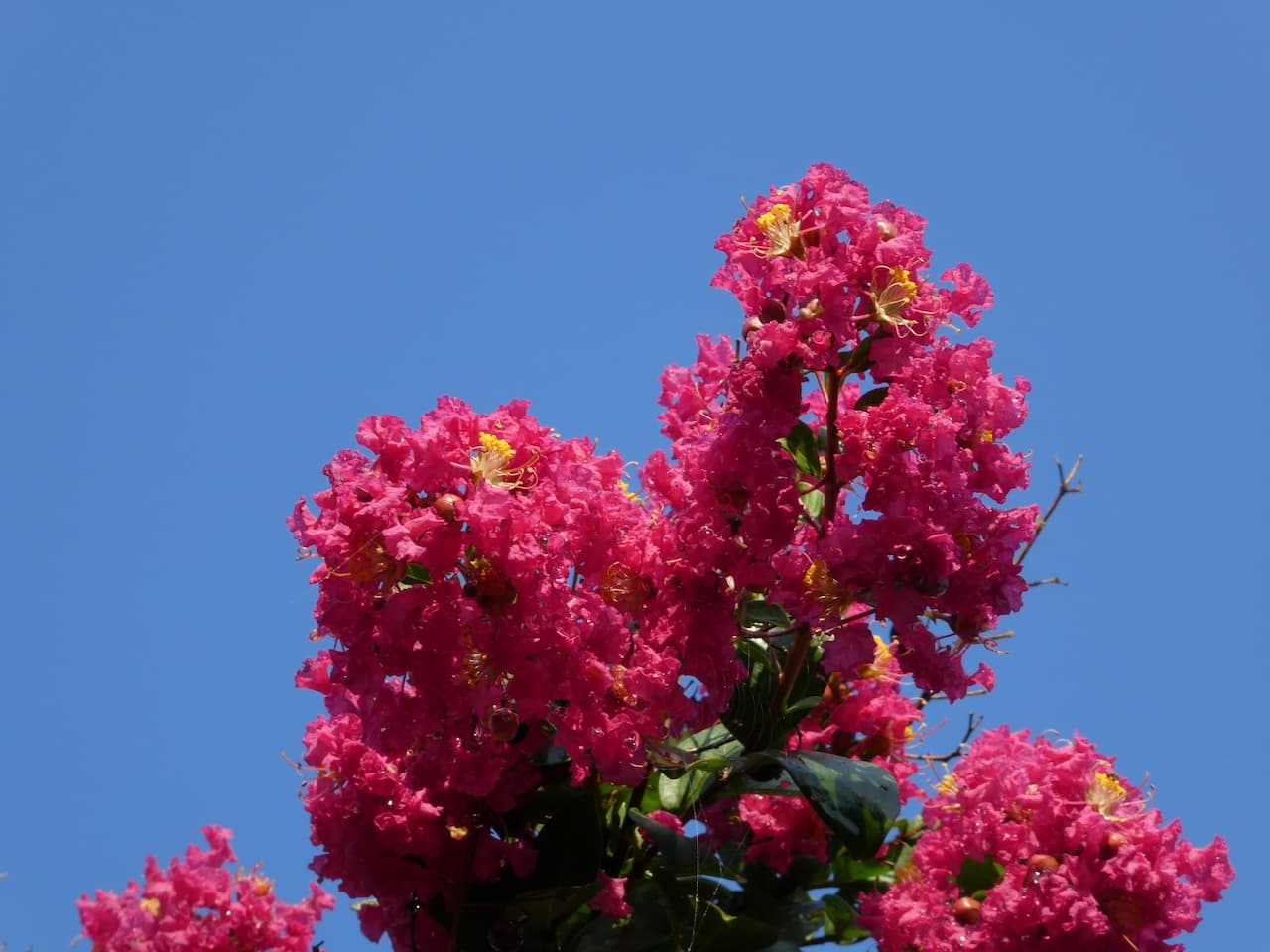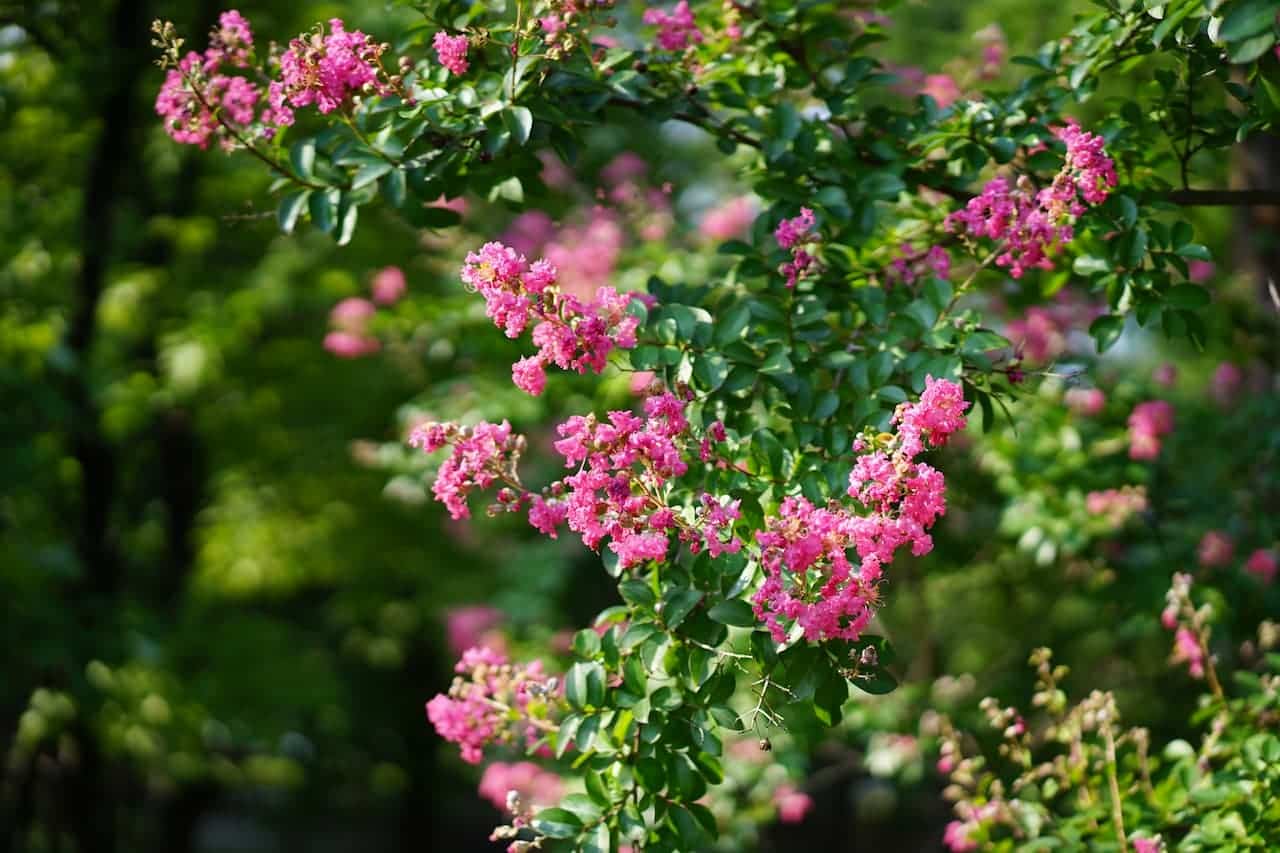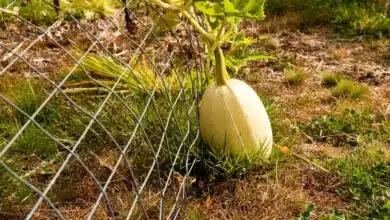How to Prune Crape Myrtles the Right Way?
The lovely crape myrtle is one of Virginia’s most often used and abused landscaping plants. Cultivars offer a variety of flower colors and an intriguing seed head that follows the flower.
They are appreciated for their extended summer bloom (often referred to as the “plant of the 100-day bloom”).
Moreover, crape myrtles have glossy green leaves that transform into brilliant fall hues, mild to spectacular multicolored bark, and distinctive winter architecture, which helps this plant stand out from the crowd among landscaping options.
How Important Is It to Prune Crepe Myrtle?
What type of crepe myrtle you have and where you’ve planted it is the two most important factors in answering this question.
According to studies conducted by the University of Florida, crepe myrtles should never need pruning so long as the right cultivar is chosen and they are placed in the right environment.
Its circular canopies, which often reach the ground, are one of its most visually appealing characteristics.
Crepe myrtle is a beautiful addition to any garden, but unfortunately, many plants are mislabeled at garden nurseries, and inadequate planting advice is given, so it is common for people to plant crepe myrtle in the wrong place; when it outgrows this spot, it must be severely pruned to prevent it from impeding other plants or blocking out light in the home.
Crepe myrtle comes in a wide variety of cultivars, from short-lived, three-foot-tall shrubs to towering, century-old trees.
When Should You Prune Your Crepe Myrtle?
Whether you should prune your crepe myrtle depends on what you hope to achieve. The best time to prune is right now, although dead, damaged, or diseased branches can be removed at any time of year. If you want more blossoms next year, prune them just after they fade.
Regardless of whether you’re pruning for shape or size maintenance, new growth is always just around the corner in late winter, so that’s when you should do it.
Heavy trimming in the fall should be avoided since it exposes the tree to winter harm and leaves it looking unsightly all through the cold season.
Planning the Process
If your crepe thrived this past growing season, it would likely thrive again next year with no further trimming beyond the standard annual maintenance cuts. In other words, you do not have to go to a lot of trouble to prune your crepe myrtle.
Pruning is done to improve the tree’s health by eliminating diseased or damaged branches and encouraging new growth.
It’s not a good idea to prune your crepe myrtle tree simply because you feel like it needs it. Don’t sever the main stems just because you think you should.
Cutting away branches prevents the tree’s exfoliating bark, one of its most beautiful features, from developing to its full potential.
How to Properly Prune a Crepe Myrtle?
Pruning your crepe myrtle correctly can improve its health, but improper pruning might have the reverse effect.
Pruning the top off of a crepe myrtle prevents the attractive mottled bark from forming on the mature trunk and also leaves unsightly stumps in its place.
In addition to unattractive stumps, this error results in a forest of slender, whip-like shoots. Due to the lack of strength in these whips, flowering branches frequently droop to the ground.
If you don’t want to end up with a bunch of sticks because you pruned too much, it’s best to go slow and work your way up the plant from the bottom up.
Reduce the Number of Trunks
If possible, we should cut back on the number of trunks. Crepe myrtles are naturally multi-trunked trees, but you may control their size and shape by cutting back on the number of trunks it has.
Just use three to five trunks in your tree (definitely not more than seven). Never leave stubs when pruning; always cut back to a bigger trunk branch as close to the ground as feasible.
Removing Suckers
Take care of any suckers that may have appeared. Crepe myrtle plants frequently produce these little sprouts at their bases, and they will mature into full-fledged trees in time. If you remove them immediately, your crepe myrtle will not develop into an unruly thicket.
Tackle Branches
It’s time to start trimming those tree branches. If you want your crepe myrtle to appear more like a tree than a shrub, trim off any branches that originate from the trunk lower than 5 feet from the ground. Again, you should take a step back and examine your tree before making any cuts if you have a big tree.
Prune Upper Branches
Continue with the top branches that are bending inward towards the tree’s core, removing any that are crossing, rubbing, or dead.
Always prune back to a new growth node, the collar of a branch, or above a bud that is looking outward (a swollen area where the branch joins the trunk).
Leaving out single or groups of stubs is never acceptable. Don’t wait until these stray branches are thicker than a pencil to cut them off.
In regards to seed pods, it is acceptable but unneeded to remove useless pods. Others worry that if they don’t remove the seed pods, their crepe myrtle won’t blossom the following year. Totally incorrect.
There shouldn’t be any problems with its growth or blooming. Yet, the branches can bend almost to the ground due to the weight of the seed pod clusters.
In order to encourage the branches to grow upward, it is often necessary to remove the seeds. You may encourage a second round of flowers in September by removing the seed pods throughout the summer.
Pruning for Maximum Flowering
Several gardening experts recommend cutting down a crepe myrtle after it blooms so that it will produce more flowers next year. This is because cutting the stems at their terminals stimulates dormant buds, causing them to open and produce fresh blooms.
Pruning to promote flower blossoming is a contentious topic, with advocates on both sides of the debate. Getting a crepe myrtle to rebloom isn’t too difficult because several newer varieties have been chosen for their extended flowering duration.
Crepe myrtles that bloom for extended periods of time may be best left alone in terms of trimming. Another reason why you might want to avoid trimming your crepe myrtle is that it will likely blossom more profusely if you don’t prune it.
Nevertheless, crepe myrtles that have been trimmed tend to have bigger flower panicles, so doing so after the plant has bloomed might be a good idea if this is an aim you have.
If you have a crepe myrtle or other classic cultivar that doesn’t stay in flower for very long, you may coax it into blooming again by cutting off the faded blossoms.
Doing so can increase the number of flowering occasions each year from one to three or even four. It’s easy to prune for more flowers by removing the faded blossoms before they turn into fruits or seed pods.
If you don’t want your tree covered in dead blossoms and seed pods, this is a good way to achieve that goal. Another argument for cutting back your crepe myrtle is to prevent the tree’s limbs from breaking under the weight of the pods.
Pruning for Healing Properties
Some individuals may worry that allowing a crepe myrtle to develop as it pleases would result in an unhealthy, heavily branched tree. Older crepe myrtle kinds, especially, need to have their branches cut off to promote healthy air circulation and reduce the risk of disease.
As most current crepe myrtle varieties are disease resistant, this is no longer a concern, and cutting off twigs is no longer suggested as vital.
If your crepe myrtle appears to be becoming too branched, you can remove some of the outer branches to improve air circulation and plant health. To avoid stunting the tree’s development, this task should be completed throughout the winter.
To remove infrequent limbs, use sharp shears, or a pruning saw. Target younger branches with a thinner diameter. This procedure can be done annually if desired but is not mandatory if the tree’s health and growth are meeting your expectations.
Pruning for Size Preservation
In order to maintain a reasonable size, yearly trimming of a large crepe myrtle tree is required if it is planted in an unsuitable location. It is recommended that the tree’s tips be cut off to maintain its form and health.
This practice, known as “tipping,” will significantly lower the tree’s size while keeping its aesthetic appeal. It’s a tedious job that might prove challenging if the tree is too big and you can’t get to every part of it.
Yet, this is the preferable method for cutting down trees. Pollarding is another method to consider if this one doesn’t work. The tree must be drastically pruned back to branches that are three years old and thicker than an inch.
These stubs will continue to grow new shoots each year, so prune them back to the original cut every spring. The tree’s size can be readily controlled in this way, but the aesthetic value is diminished.
Keep in mind that crepe myrtles have rapid regrowth rates and should be pruned every year to prevent the tree from becoming too large.
There are several pruning techniques available, and you should think about how they will affect flowering before making your decision.
If you only trim the branches at the ends of the tree, it won’t affect how well it blooms. If you decide to pollard your tree, know that flowering will be postponed by about a month as it recovers. Blooming will be reduced in proportion to the severity of pruning.
Conclusion
Remove or, even better, break off any suckers that could be emerging from the ground or the trunk’s base (s). This is something that can be done at any time of the year.
Remove any branches that are dead or diseased, as well as any that are weak or crossed each winter. Remove any side branches that are growing inward towards the trunk of the tree, as well as any side branches that are growing at ugly horizontal angles or projecting too far outward.
When side branches are trained to point upward and outward, they seem they’re most attractive. Always remember to cut back all the way to the branch collar rather than leaving a stub and to avoid cutting flush with the main branch.
Overfeeding crepe myrtle trees leads them to develop more base suckers and make fewer blooms. Never fertilize your crape if a soil test reveals that one or more key nutrients are in inadequate supply.
Larger trees, especially neglected ones, typically require more maintenance. It’s not usually a good idea to prune at a height of fewer than five feet from the ground.
Heavier flower clusters come from drastic branch pruning and typically bend branches to the ground. Trees that are too heavy should be trimmed so that they don’t droop when it rains.







